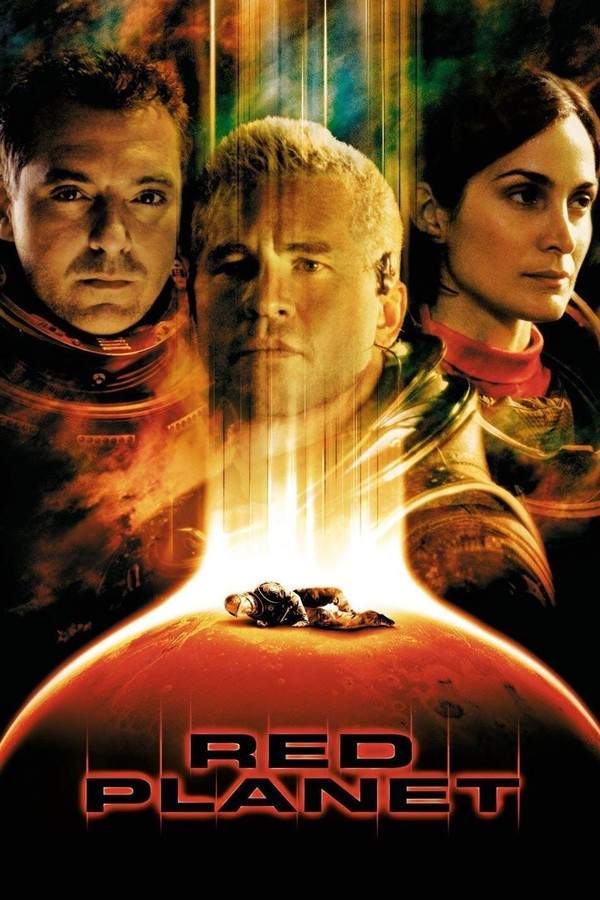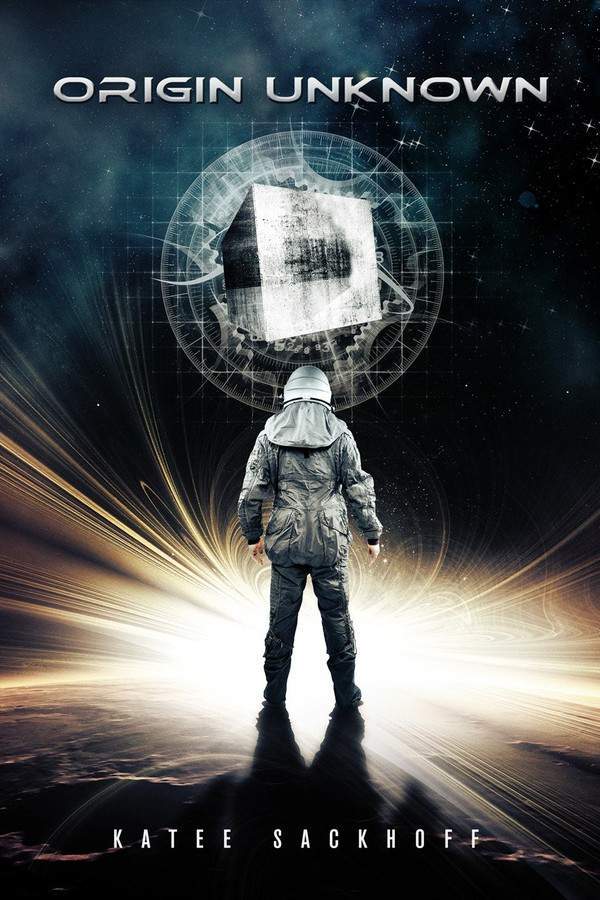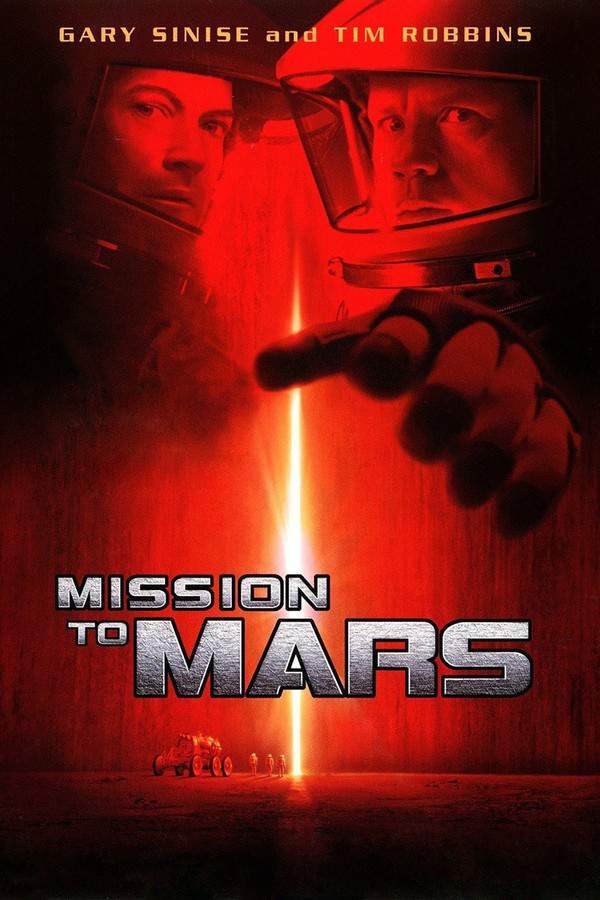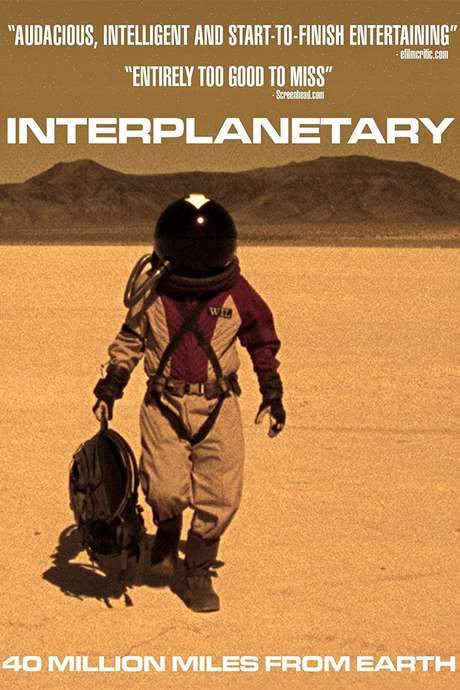Red Planet 2000

In 2050, with Earth facing environmental catastrophe, Commander Kate Bowman leads a mission to Mars to establish a colony and secure humanity's survival. Upon arrival, the team discovers the terraforming project is failing and encounters inexplicable dangers. They must confront these threats while racing against time to determine the cause of the project's malfunction and find a way to ensure the success of the mission and the future of humankind.
Does Red Planet have end credit scenes?
No!
Red Planet does not have end credit scenes. You can leave when the credits roll.
Meet the Full Cast and Actors of Red Planet
Explore the complete cast of Red Planet, including both lead and supporting actors. Learn who plays each character, discover their past roles and achievements, and find out what makes this ensemble cast stand out in the world of film and television.
External Links and Streaming Options
Discover where to watch Red Planet online, including streaming platforms, rental options, and official sources. Compare reviews, ratings, and in-depth movie information across sites like IMDb, TMDb, Wikipedia or Rotten Tomatoes.
Ratings and Reviews for Red Planet
See how Red Planet is rated across major platforms like IMDb, Metacritic, and TMDb. Compare audience scores and critic reviews to understand where Red Planet stands among top-rated movies in its genre.

34
Metascore
6.6
User Score


%
TOMATOMETER

0%
User Score

5.7 /10
IMDb Rating

57
%
User Score
Take the Ultimate Red Planet Movie Quiz
Challenge your knowledge of Red Planet with this fun and interactive movie quiz. Test yourself on key plot points, iconic characters, hidden details, and memorable moments to see how well you really know the film.
Red Planet Quiz: Test your knowledge on the movie 'Red Planet' and its intriguing plot about Martian transmissions and global turmoil.
Who is the main character and astronomer in 'Red Planet'?
Chris Cronyn
Franz Calder
Linda Cronyn
Soviet Leader
Show hint
Full Plot Summary and Ending Explained for Red Planet
Read the complete plot summary of Red Planet, including all major events, twists, and the full ending explained in detail. Explore key characters, themes, hidden meanings, and everything you need to understand the story from beginning to end.
As Chris Cronyn (Peter Graves), a daring American astronomer, meticulously examines images from Mars, he stumbles upon hints of seismic shifts in the environment. These discoveries suggest the potential existence of intelligent life equipped with advanced technologies. With the steadfast support of his wife Linda (Andrea King), Chris’s groundbreaking research has led to the establishment of a hydrogen-powered radio connection with the Red Planet, a feat made possible through the innovative concepts provided by the former Nazi scientist Franz Calder. The initial communications revolve around intricate mathematical ideas, such as the value of pi, eventually transitioning to direct queries concerning Martian life and its intriguing features. The messages illuminate a mesmerizing depiction of Mars as a true utopia, where technological progress has eliminated scarcity and the shadows of nuclear conflict.
This startling revelation sends shockwaves across the globe, particularly in the Western world, igniting an unprecedented frenzy of political and economic turmoil. In response, the U.S. government enforces a stringent news blackout, demanding an end to the transmissions out of fear that the Soviet Union could intercept and interpret their signals. However, this drastic action proves to be short-lived, as the subsequent transmission presents a dire warning: Earth’s inhabitants are destined to live under the constant threat of nuclear war as a punishment for straying from biblical teachings.
The implications of this message are both profound and far-reaching. A global upheaval ensues, leading to the collapse of the Soviet Union, which is replaced by a theocratic regime, much to the delight of many in America. The world stands on the edge of chaos as nations struggle to grapple with the existential ramifications of this extraordinary discovery, forcing humanity to reflect on its moral compass.
As silence envelops the studio where the enigmatic transmissions have been coming from, Calder strides into the Cronyns’ laboratory, gripping a handgun with a threatening demeanor. He declares that the time has come to unveil the truth: the alleged messages from beyond were nothing but a sophisticated trick, orchestrated by a covert Soviet-funded radio transmitter located in the Andes mountains of South America. This transmitter, now lying in ruins due to a catastrophic avalanche, has been silent since its destruction. Calder presents his log as evidence of this deceit and dismisses Linda’s questions about the religious messages that have captivated the globe. He claims that the United States government concocted those messages, which he permitted to be broadcast to witness the Soviet Union’s downfall. Yet, the Cronyns hold a different understanding—those religious messages were not fabrications. Calder’s shocking assertion will undoubtedly be accepted by the masses, which could bring disaster to a world that has just begun to find its peace.
As Calder’s words linger in the air with a foreboding weight, Chris discreetly slips behind him, his hand tightly gripping the valve controlling the hydrogen supply. Sensing the escalating tension, Linda urges her husband to leave, but he remains resolute. The atmosphere is thick with anticipation as she requests a cigarette, only for Chris to quietly reveal that in all their years as a couple, he has never witnessed her smoking. Both are acutely aware that igniting the hydrogen would lead to their destruction, yet neither can summon the will to act. Just as Chris prepares to strike the match, a strange transmission begins to echo through the speakers, inciting Calder’s fury. In a frantic attempt to silence it, he fires at the screen, igniting a catastrophic explosion that obliterates the transmitter, himself, and the Cronyns.
While the blast may have silenced the transmissions, the encoded content eventually comes to light, forcing the world to hear the chilling words of the President as he reads aloud: “You have done well, my good…” The remainder of the message hauntingly echoes the Parable of the Talents from the Gospel of Matthew, serving as a poignant reminder that even amidst chaos, there can exist purpose and wisdom.
Uncover the Details: Timeline, Characters, Themes, and Beyond!

Coming soon on iOS and Android
The Plot Explained Mobile App
From blockbusters to hidden gems — dive into movie stories anytime, anywhere. Save your favorites, discover plots faster, and never miss a twist again.
Sign up to be the first to know when we launch. Your email stays private — always.
Watch Trailers, Clips & Behind-the-Scenes for Red Planet
Watch official trailers, exclusive clips, cast interviews, and behind-the-scenes footage from Red Planet. Dive deeper into the making of the film, its standout moments, and key production insights.
Red Planet Themes and Keywords
Discover the central themes, ideas, and keywords that define the movie’s story, tone, and message. Analyze the film’s deeper meanings, genre influences, and recurring concepts.
Red Planet Other Names and Titles
Explore the various alternative titles, translations, and other names used for Red Planet across different regions and languages. Understand how the film is marketed and recognized worldwide.
Similar Movies To Red Planet You Should Know About
Browse a curated list of movies similar in genre, tone, characters, or story structure. Discover new titles like the one you're watching, perfect for fans of related plots, vibes, or cinematic styles.
Quick Links: Summary, Cast, Ratings, More

What's After the Movie?
Not sure whether to stay after the credits? Find out!
Explore Our Movie Platform
New Movie Releases (2025)
Famous Movie Actors
Top Film Production Studios
Movie Plot Summaries & Endings
Major Movie Awards & Winners
Best Concert Films & Music Documentaries
Movie Collections and Curated Lists
© 2025 What's After the Movie. All rights reserved.

































